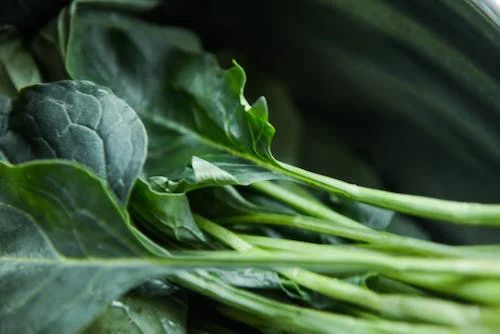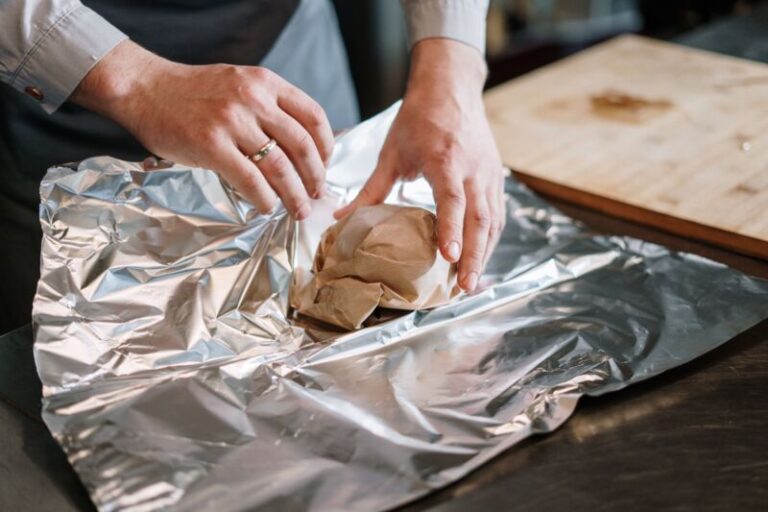Can You Freeze Cooked Collard Greens?
Collard greens are a staple vegetable in many cuisines. Their versatility allows them to be boiled, steamed, baked, or fried into delicious sides and main dishes. With their rising popularity, many cooks wonder if collard greens can be frozen for longer shelf life. Here’s a comprehensive guide on freezing both raw and cooked collard greens.
Freezing Collard Greens Maximizes Preservation
Collard greens can be frozen for up to 12 months while maintaining quality. Proper freezing is essential for enhancing their shelf life and preserving the original taste and texture. Managing moisture also prevents water crystallization and deterioration during freezing. Overall, freezing enables cooks to keep a supply of collard greens on hand for whenever a craving strikes.
Freezing Raw Collard Greens Offers Convenience
Freezing fresh, raw collard greens provides certain advantages. For those with smaller kitchens, bulk cooking greens may not be feasible. Freezing raw collards offers the same longevity as cooked ones without taking up as much meal prep time. However, frozen raw collard greens do require boiling or steaming before integrating into recipes. Fortunately, this quick cooking process also improves their palatability. Freezing raw collards enables retention of more Vitamin C and other nutrients versus freezing cooked greens.
Cooked Collard Greens Freeze Well for Meal Prep

Freezing cooked collard greens is a popular practice due to the convenience. As collards require lengthy cooking times, preparing a large batch to freeze saves time down the road. Their complex flavor develops fully after slow cooking. Frozen pre-cooked collard greens make preparing soups, stews, casseroles and other dishes simple. Cooked frozen greens retain their vitamin and mineral content. Freezing cooked greens means you always have a healthy side ready when needed.
Blanching Collard Greens Before Freezing is Optional
Some cooks choose to blanch fresh collard greens before freezing. Blanching helps enhance their flavor, color and texture. The short boil extracts more vibrancy and seasonings from the leaves. However, blanching is not required for properly frozen greens. Salt plays a key role in bringing out collard greens’ taste during cooking. Comparing results from blanched versus unblanched frozen greens comes down to personal preference.
Proper Preparation Maximizes Collard Greens’ Frozen Freshness
To freeze collard greens for maximum freshness, start with fresh, undamaged leaves. Wash them thoroughly and remove any tough stems or discolored spots. For raw collards, blanch them for 1-2 minutes until they become bright green. For cooked collards, prepare them as you normally would before freezing. In both cases, quickly cool the greens in ice water to stop the cooking process. Pat them dry thoroughly with paper towels to remove excess moisture that causes ice crystals.
Vacuum Sealing Preserves Frozen Collard Greens Best
For raw or cooked collard greens, vacuum sealing bags provide the optimal freezing method. Removing the air prevents large ice crystals from forming and damaging the leaves’ cell structure. This preserves the greens’ taste and texture better over time. For those without vacuum sealers, squeezing out air from Ziploc bags also works well. The key is minimizing air pockets where ice crystals can grow. Proper packaging prevents freezer burn.
Maintain Proper Freezer Temperatures
Always freeze collard greens immediately after packaging at 0°F or below. Fluctuating freezer temperatures lead to larger ice crystals and damage. Cooked greens may last up to one year while raw greens up to 9 months. Avoid overpacking your freezer, as too many items can inhibit effective freezing. Label bags with dates and contents. Place greens in the back of the freezer, where temperatures are coldest.
Reheating Frozen Collard Greens is Simple

Frozen cooked collard greens can be reheated and added directly into any dish without thawing. For raw frozen greens, boil, steam or sauté them before incorporating into recipes. Season and flavor them as you normally would. Try adding smoked turkey, brown sugar, vinegar or red pepper flakes. Broiling frozen collard greens brings out delicious charred bits. Reheating frozen greens on the stovetop or in the microwave restores their texture.
Overnight Storage Depends on Conditions
Leaving cooked greens out overnight carries some risk of bacterial growth. However, freshly made greens stored in a covered container in the shade may last 8-10 hours safely. The key factor is temperature; cooked greens left out overnight above 40°F can breed harmful bacteria. If reheating, look for any sour or rotten smells before consuming. When in doubt, follow the “if in doubt, throw it out” motto to avoid foodborne illness.
Properly Frozen Greens Last 10-12 Months
Collard greens that are correctly frozen and stored at stable freezing temperatures can safely last 10-12 months. However, their flavor and texture may degrade after the 6-month mark. To enjoy collard greens at their best quality, aim to use frozen greens within 6 months. Be diligent about labeling bags and using oldest batches first. Monitor thawed greens closely for any mushiness, discoloration or sour odors.
Conclusion
Collard greens pack a nutritious punch in any meal. Freezing both raw and cooked collard greens extends their shelf life significantly while preserving taste and texture. With proper freezing and storage methods, collard greens can be conveniently kept on hand for up to a year. Thaw and cook frozen collard greens as needed to integrate their bold flavor into stews, casseroles, sides and more.






